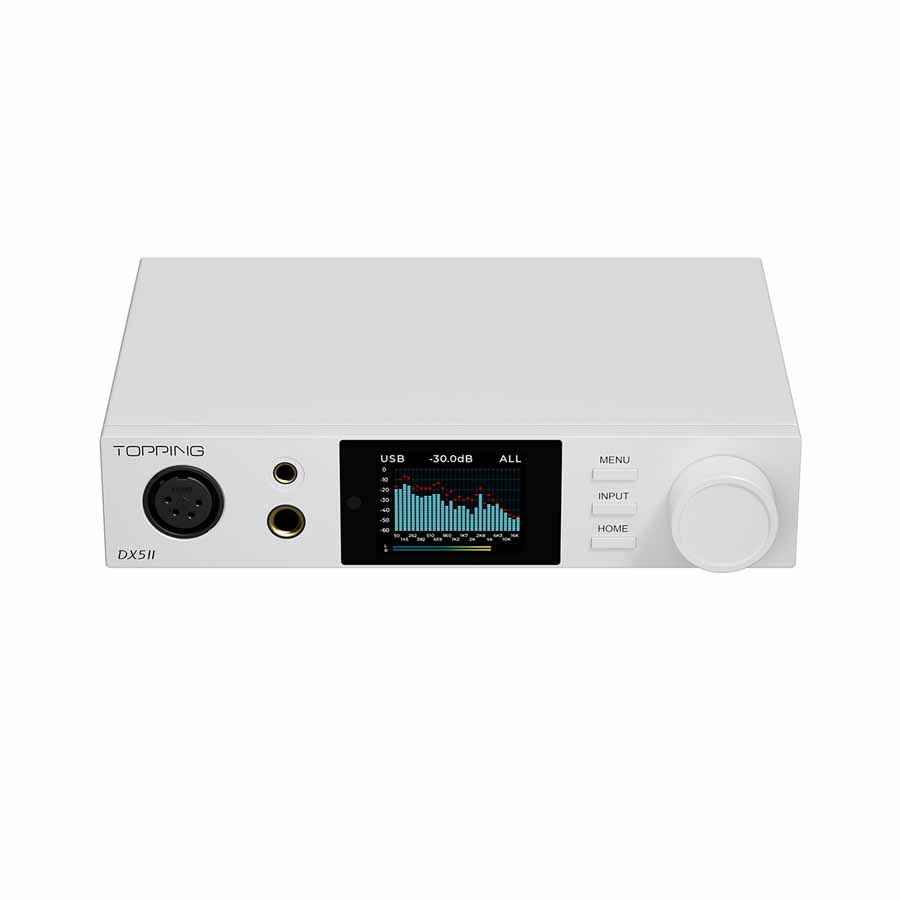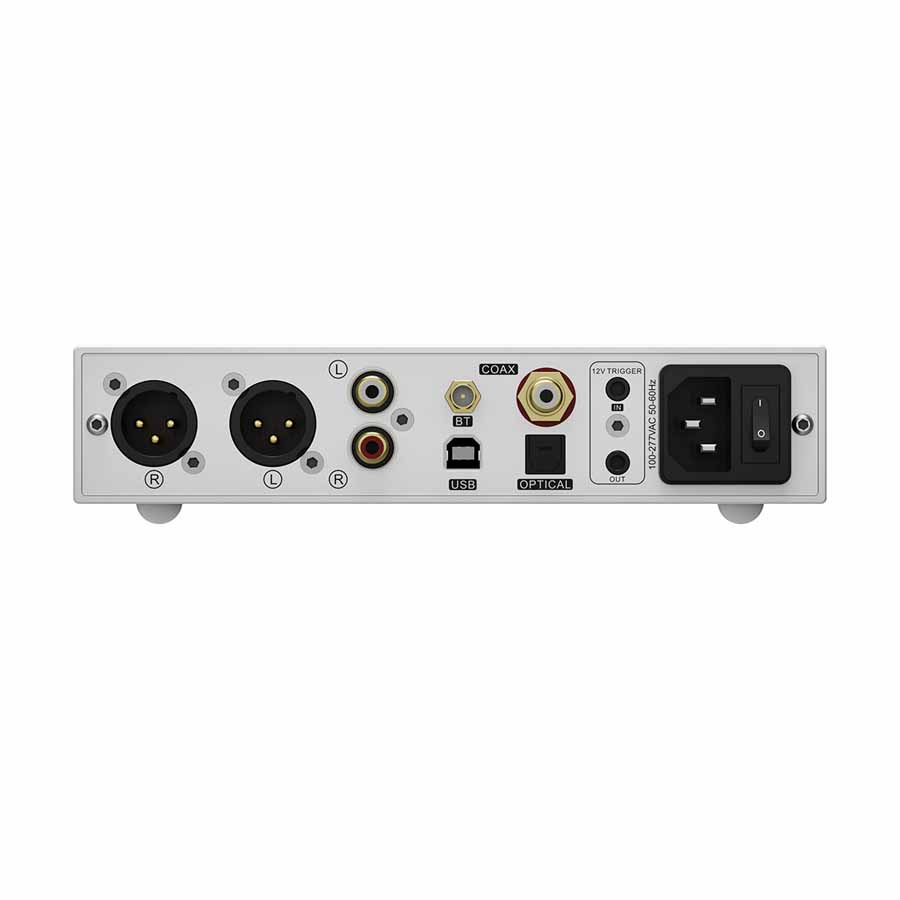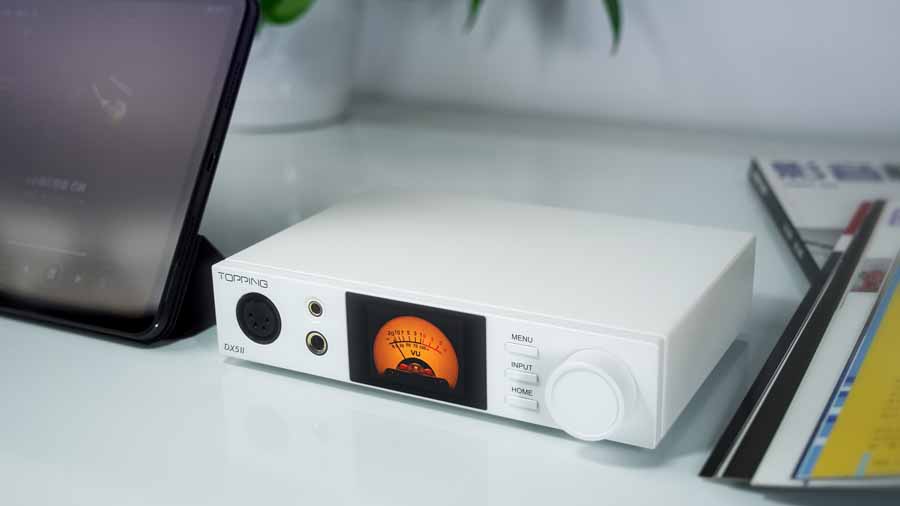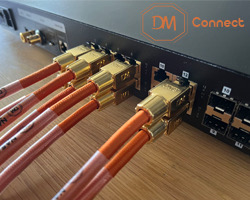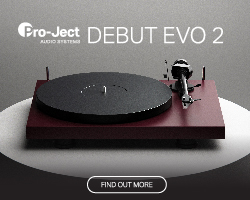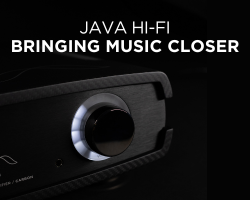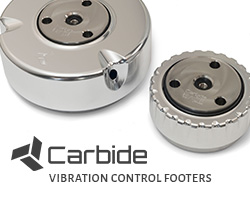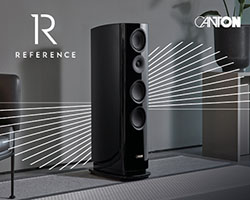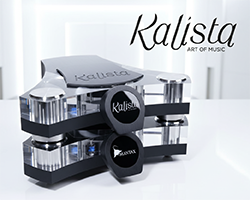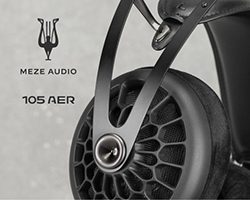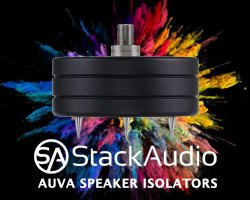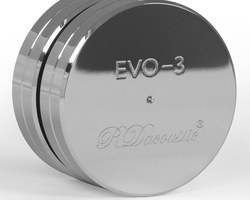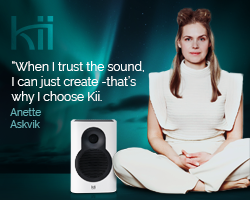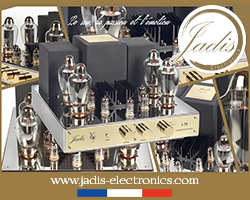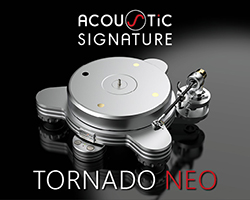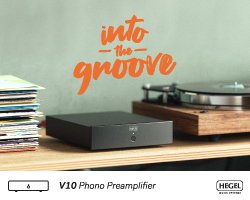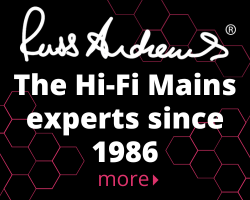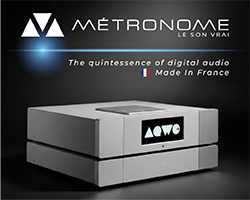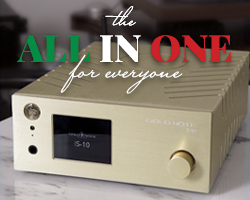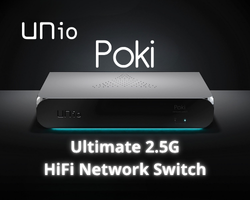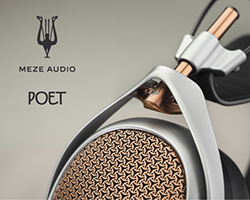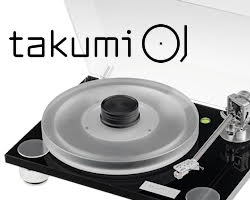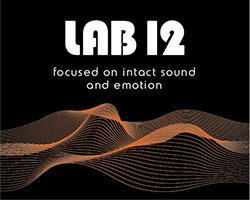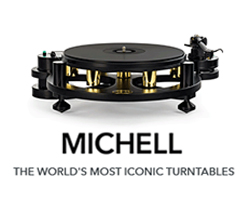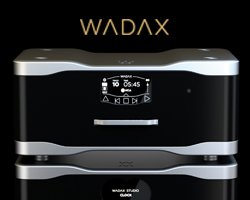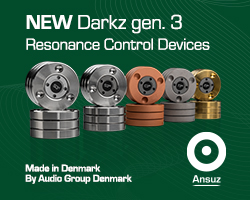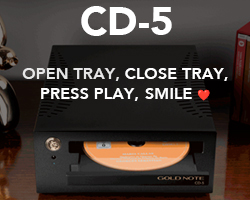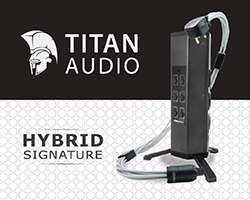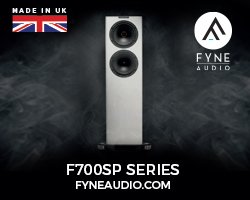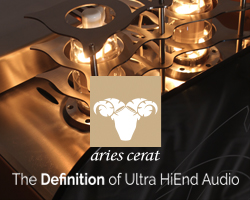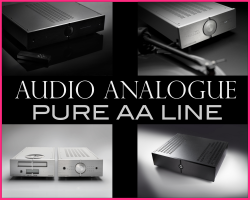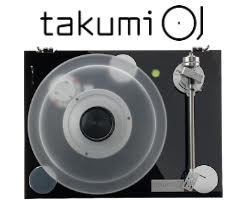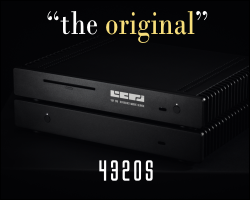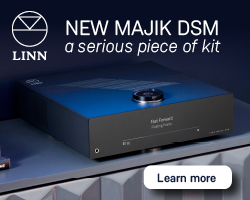TOPPING DX5 II DAC/HEADAMP/PRE REVIEW
Topping DX5 II is a DAC, Headphone amp, and pre all in one affordable unit. HiFi PiG’s Oscar Stweart takes a listen.

Topping has been making affordable kit for quite some time, and they have a knack for bringing out products that do a lot for a very reasonable price. The new DX5 II is looking to deliver more of the same, with some nifty features up its sleeve, all for only £299. This small but mighty DAC/amp/pre-amp seems to hit all the right spots on paper, so how does it hold up during actual listening?
BUILD QUALITY AND FEATURES OF THE DX5 II
The DX5 II has great built quality, yet they have modernised their look a little compared to some of their other products. The chassis is aluminium, the front panel now features a full colour screen, and the buttons are intuitive and easy to use. The volume knob is a stepped encoder and feels good in use, the inputs/outputs on the back and front are all solid, and I cannot see any issues with the build quality here. It has 4 quite large anti-slip feet on the bottom, and its friendly design lends itself to many different setups.
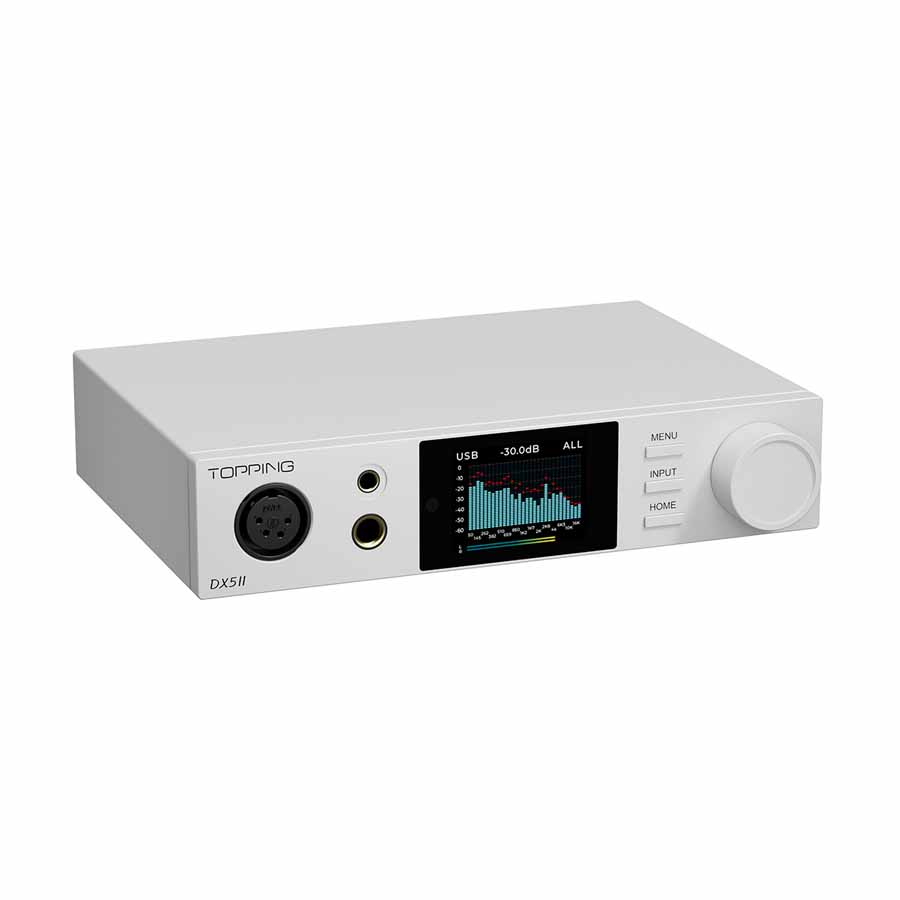
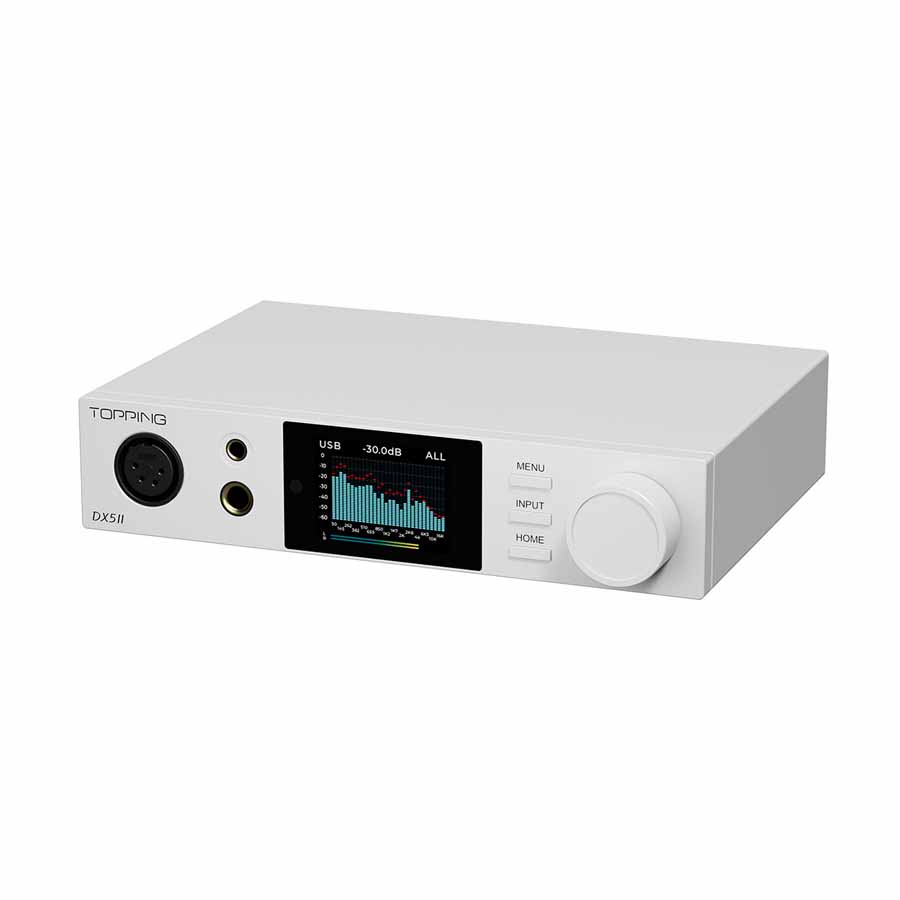
It’s the feature set that makes this model stand out, though. It is a DAC/Amp that only has digital inputs. However, the main attraction here is going to be the newly built 10-band PEQ. Topping has an accompanying desktop app for this, and you can easily tune the DX5 II with different profiles for different headphones. The PEQ is applicable to all inputs, too, so it doesn’t matter what your source is; you can apply the PEQ curves to all.
This is a very powerful tool for those who love to tweak the sound of their headphones, and I found the app to be easy to navigate and use – even if I’m not a big user of EQ myself.
On the input side, you have USB-B (not the more modern type-C), Coaxial, Optical and Bluetooth (LDAC compatible for high-quality BT). You also get 12v trigger in and out, which is very useful for systems with lots of kit. Output-wise wise you have both XLR and RCA out on the back, these can be fixed or variable to be able to use it as a pre-amp. On the front, you have a 6.3mm jack output, alongside 4.4mm and 4-pin XLR balanced. This device seems to cover most use cases, the only thing missing is ARC for TV use in a main system, and an analogue input. However, I see this device being used on desktops in most setups. Topping has included a remote, too, handy if you use it as a DAC/pre-amp.
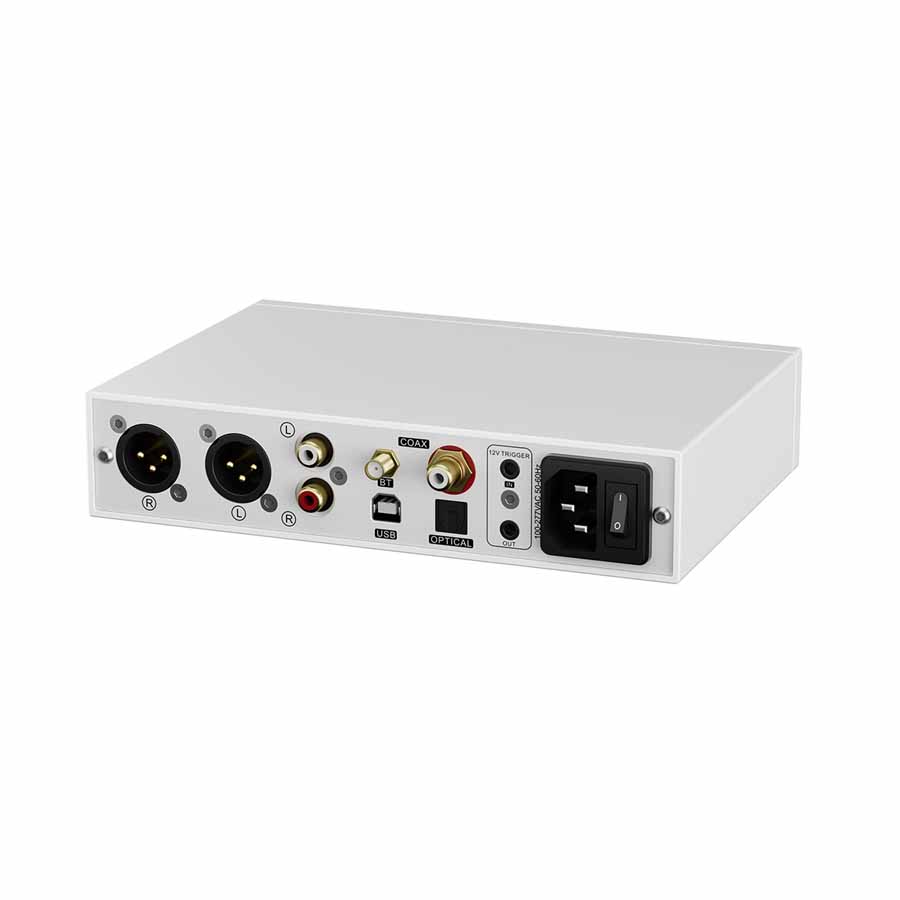
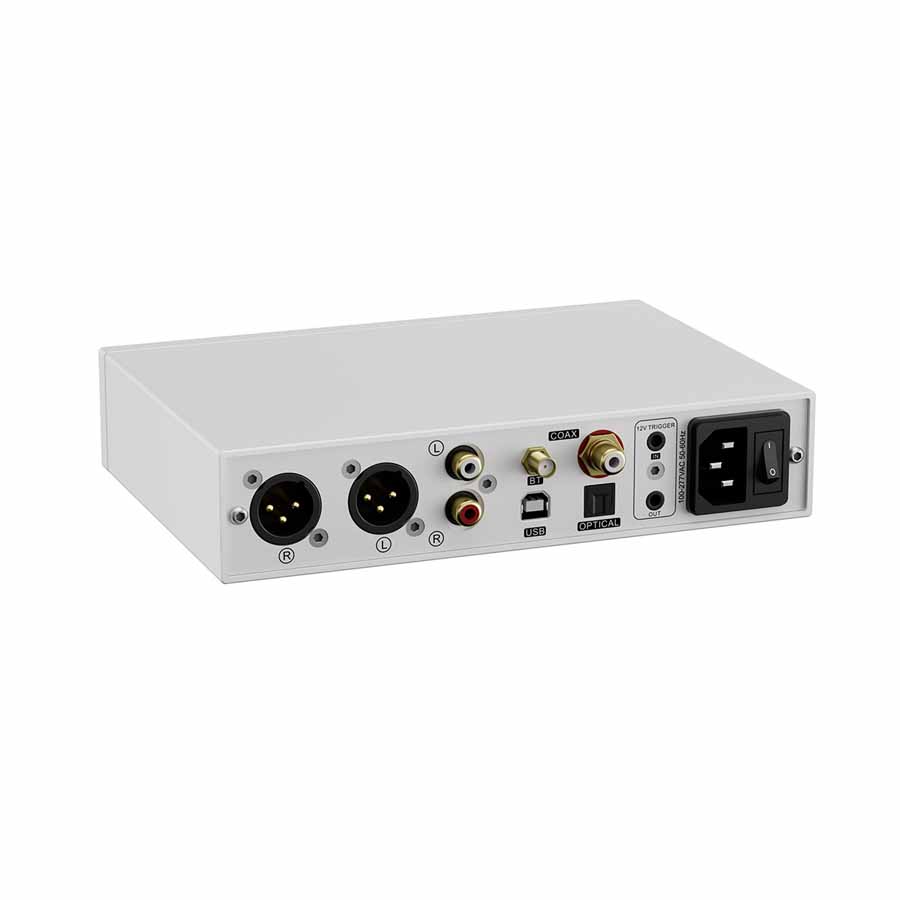
The menu has quite a few very useful options, you can have the unit turn on, on signal sense, or via 12v trigger. You can also have the input auto-switch to the active input (saving you from having to manually switch the input), and you can disable inputs you don’t use in this setting. Output-wise wise you can change the channel balance, gain, DAC filter, and even the polarity. This is a very flexible DAC/amp with a ton of useful settings, alongside the brilliant PEQ.
The colour screen on the front can be set to a spectrum analyser, which looks the coolest to me, a single dial VU meter (not stereo), or a detail screen with the volume, bit-rate, input, and output showing. There are currently only these three screen options; it is unknown whether Topping will add more via firmware updates.
It’s honestly quite impressive how Topping has managed to fit so much into this little device. The DX5 II fits into most setups with ease and has a lot of functionality that many listeners will love. If you like specs, the DX5 II uses 2 x ESS9039Q2M DAC chips (one per channel), and has a fully balanced architecture internally with up to 6300mw output power into 32Ohms via the balanced outputs, giving this enough grunt to power most headphones out there.

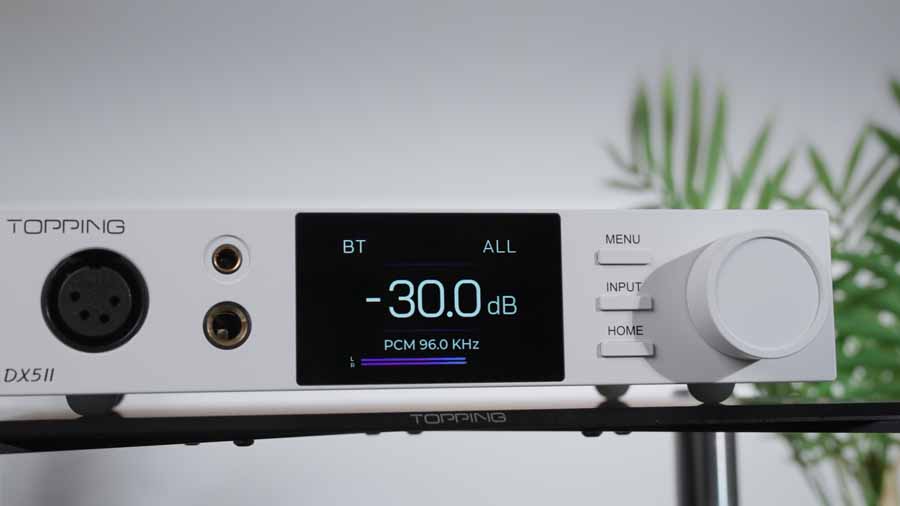
SOUND QUALITY
I’ve been using the DX5 II hooked up to my PC via USB, using Roon with a mix of locally stored CD rips and streamed music from Qobuz.
As the DX5 II has a powerful built-in headphone amp so I thought I’d throw some hard-to-drive planars at it first, in the form of the HiFiMAN Susvara Unveiled. These are a little less demanding than the OG model, yet still need a decent amp behind them. In all honesty, the DX5 II does a good job with these; it has enough grunt to bring out good body, yet the overall sound is clean and controlled.
Starting off with Hunter’s Moon by Ghost, the driving bass beat is delivered with both impact and effortless articulation, whilst the vocals cut through with excellent clarity, and the treble extends without any unwanted emphasis. I’m honestly surprised at how well this little DAC/Amp drives these headphones; they are not lacking energy here with the right source material. Whilst it’s unlikely that buyers of this headphone would be using a £299 DAC/Amp, you can get plenty of power and refinement, for an exceptionally low price now – something that simply wasn’t possible a few years ago.
One thing to note is that the tonality of recent Topping devices has changed slightly, and the DX5 II comes across as less tonally cold than previous models from the company. There is a little bit of sweetness to the sound now, without it sounding warm or coloured. Previous Topping products sometimes took neutrality to the point of sounding a little sterile, the DX5 II, on the other hand, manages to sound a little more engaging.
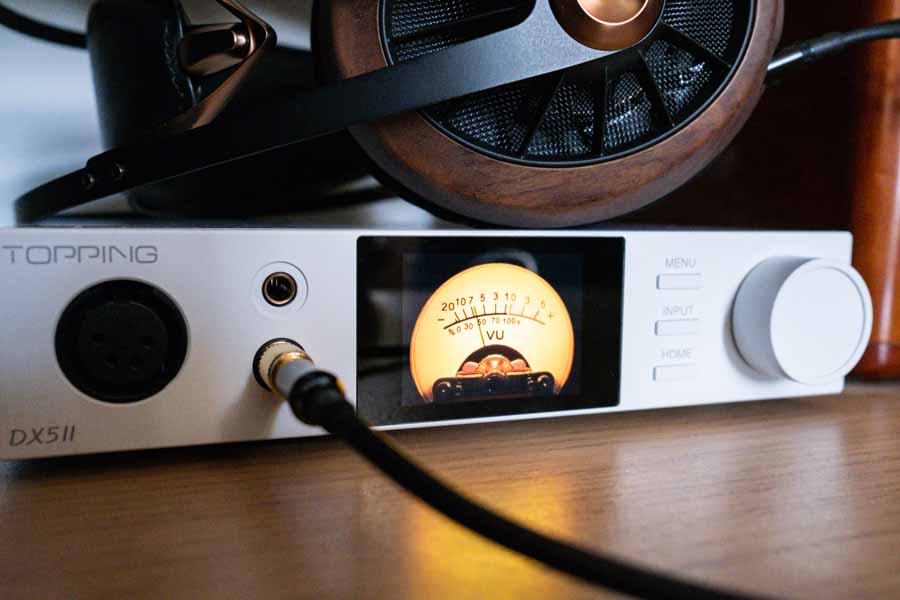


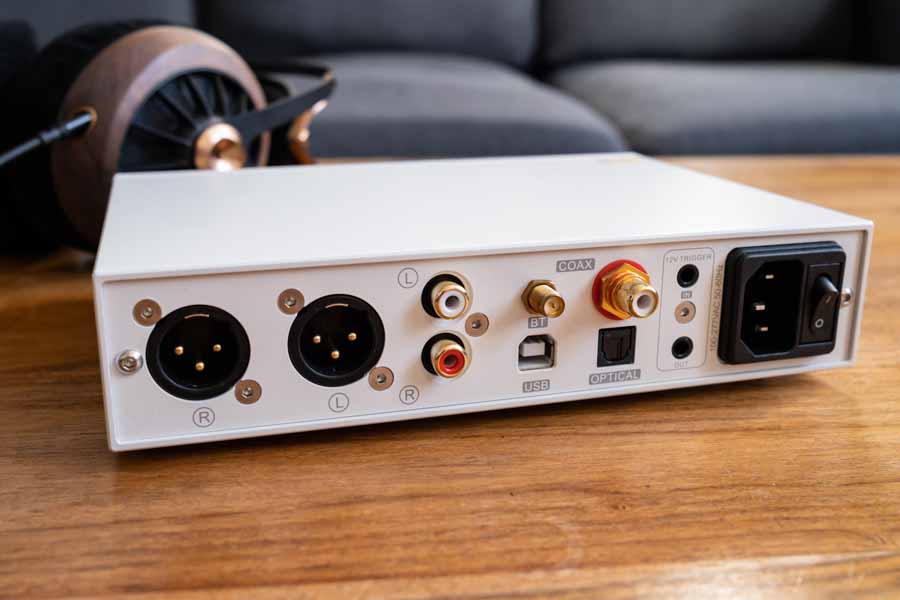
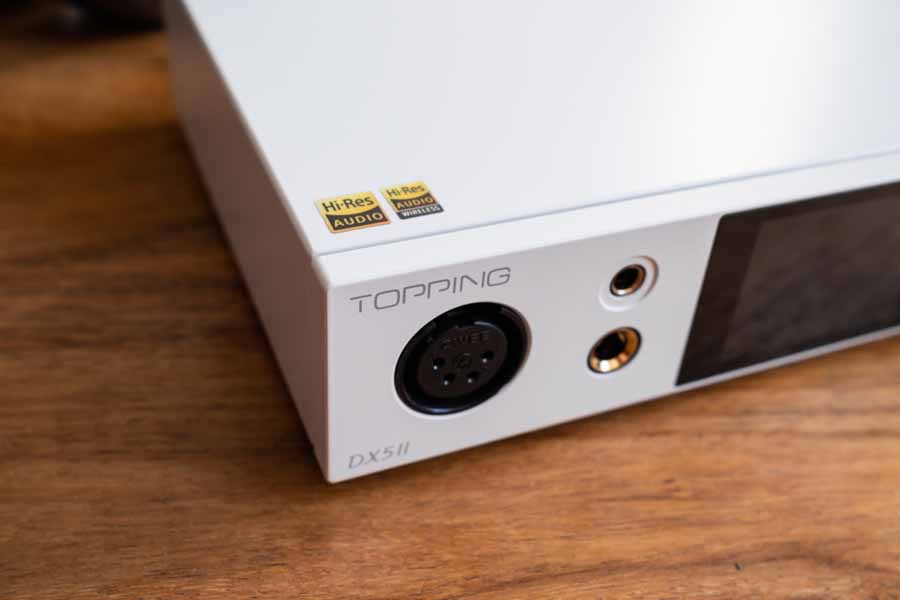
Moving on to a much more suitable pairing, the Meze 109 Pro, and here the synergy is excellent. The little bit of sweetness Topping has added to the sound is doing wonders with the 109 Pro, allowing for excellent detail retrieval and clarity, without any harshness (and anyone who knows the 109 Pro knows they can verge on brightness in the treble at times).
Negative Space by Silverstein is a punchy and engaging song, and the DX5 II keeps a tight grip over the sound without robbing it of any energy or groove. Bass hits hard and deep, vocals clearly defined, and the treble has great presence without harshness. This pairing is extremely fun to listen to; it is a fun and punchy sound without masking any of the finer detail.
Behind The Sea by Panic At The Disco is a very Beatles-inspired song, with hard panned instruments and a full and articulate bass line with various layers. The DX5 II with the 109 Pro is once again showing great synergy with the ability to pick apart the layers of this recording whilst also sounding natural and effortless. The 109 Pro are not hard to drive, they do however, scale up with better kit, and here they sound fab with plenty of body, depth, and clarity with a wide soundstage.
Moving to some IEMs now, I tested the DX5 II with the new Ziigaat Horizon. The DX5 II has no background noise; this, in combination with low gain and wide volume range, allows the DX5 II to work very well with sensitive IEMs and headphones.
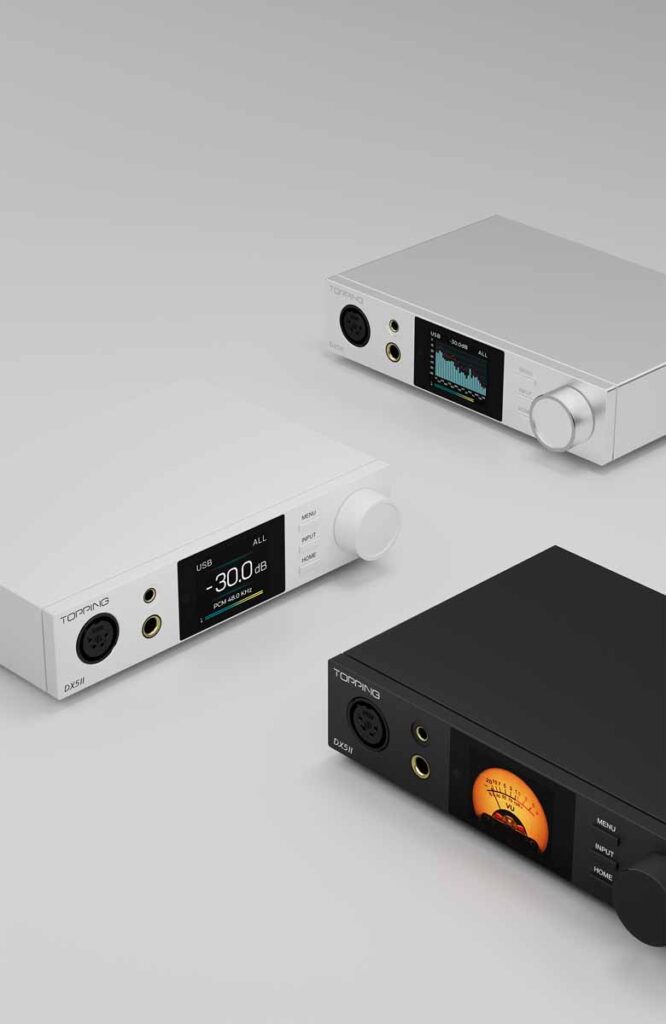
Bow Down by CHVRCHES has an impeccably clean sound through the DX5 II with Ziigaat Horizon pairing, and there is good body to the sound. It’s the separation and soundstaging, though, that are proving to be highlights of this DAC/Amp. The ability to pair with such a wide range of headphones lends the DX5 II to many different uses, and I can see this being used by audiophiles, home studios, even big studios that do mixing on headphones, gamers, etc. It’s very consistent in its sound, yet allows you to tune it to your preference with the built-in PEQ. I found myself getting lost in this song with the ZiiGaat Horizon and DX5 II – the sound flows with such ease and space, it’s neutral, yet natural.
Tommy’s Song by Grayscale is a soft, sad song, and this combo delivers it with accuracy and the emotional weight that is evident in the recording. The DX5 II is one of those devices that doesn’t hide anything: it delivers what is in the recording through your headphones of choice. It allows you to hear the headphones as they are, yet with the built-in PEQ you can fine-tune your favourite headphones to your taste.
Lastly, I decided to use my Beyerdynamic DT880 600Ohm headphones to see how it handles high impedance headphones – suffice to say it had no issues here. Listening to Feel to Follow by The Maccabees, the DX5 II delivers both clarity and body, this is a DAC/Amp that can drive these headphones with ease and brings out great sound from them. These headphones have a lot of clarity, and are very controlled, and the DX5 II doesn’t take any of this away, yet manages to deliver this all without harshness – there is a lot of clean power on tap here.
Using the DX5 II as a DAC only also provides a very clean, neutral sound, allowing you to tune the system via downstream components, or by using the built in PEQ of the Topping DX5 II.
QUIBBLES
No analogue input, that’s my only quibble.
CONCLUSION
Well, what can I say, the DX5 II delivers on all fronts and it’s mad to think that a little desktop DAC/Amp that costs £299 can comfortably drive most headphones with ease whilst letting you tune the sound via a proper 10-band PEQ. Whilst not a big EQ user myself, this feature is proving to be very popular and increases the flexibility of the DX5 II. I’m impressed that this little thing can get such good sound out of the Susvara Unveiled, whilst also delivering clean, noise free sound with IEMs.
This is a powerful and fully featured DAC/Amp for the money, and delivers all the performance many headphone users will need. I must give it to Topping, they have moved away from a slightly sterile sound, and come back with a cracking DAC/Amp that both sounds natural, yet delivers technicalities without missing a beat.
AT A GLANCE
Build Quality And Features:
Simple yet solid build quality that looks great
Tons of features from PEQ, to multiple inputs/outputs and nice display options
Sound Quality:
Natural and effortless
Powerful and well balanced
Value For Money:
Exceptional value, to get all these features and such good sound for £300, it’s mad
We Loved:
The overall package, from sound, to looks, to features – its all there
We Didn’t Love So Much:
The only thing lacking is an analogue input, but that’s asking a lot at this price range
Elevator Pitch Review: If you need a versatile headphone DAC/Amp then the DX5 II should be on your list, it does a lot without any real downsides. The headphone output delivers more power than most will ever need, yet can handle sensitive IEMs without any noise, it’s the perfect device for many avid headphone users. I can also see home and professional studios using the DX5 II as it’s a great reference point whilst also being able to handle a very wide range of headphones. A truly exceptional bit of kit in my opinion, and a real game changer in the world of budget DAC/Amps.
Price: £299
Oscar Stewart
SUPPLIED SPECIFICATION
- DAC Chip – ES9039Q2M X2
- THD+N @1kHz (A-wt) – <0.00006%
- Amplifier Architecture – Fully Balanced Headphone Amp
- SNR @MAX OUT 1kHz (A-wt) – 133dB @1kHz
- Dynamic Range @1kHz (A-wt) – 133dB @1kHz
- Headphone Output Power:
7600mW x 2 @16Q THD+N<1%
6400mW x 2 @32Q THD+N<1%
4300mW x 2 @64Q THD+N<1%
990mW x 2 @300Q THD+N<1%
490mW x 2 @600Q THD+N<1%
- PEQ – 10-band high-precision PEQ
- Display – Full-Colour Display
- 12V Trigger – Supported
- UI – Aurora UI

























































